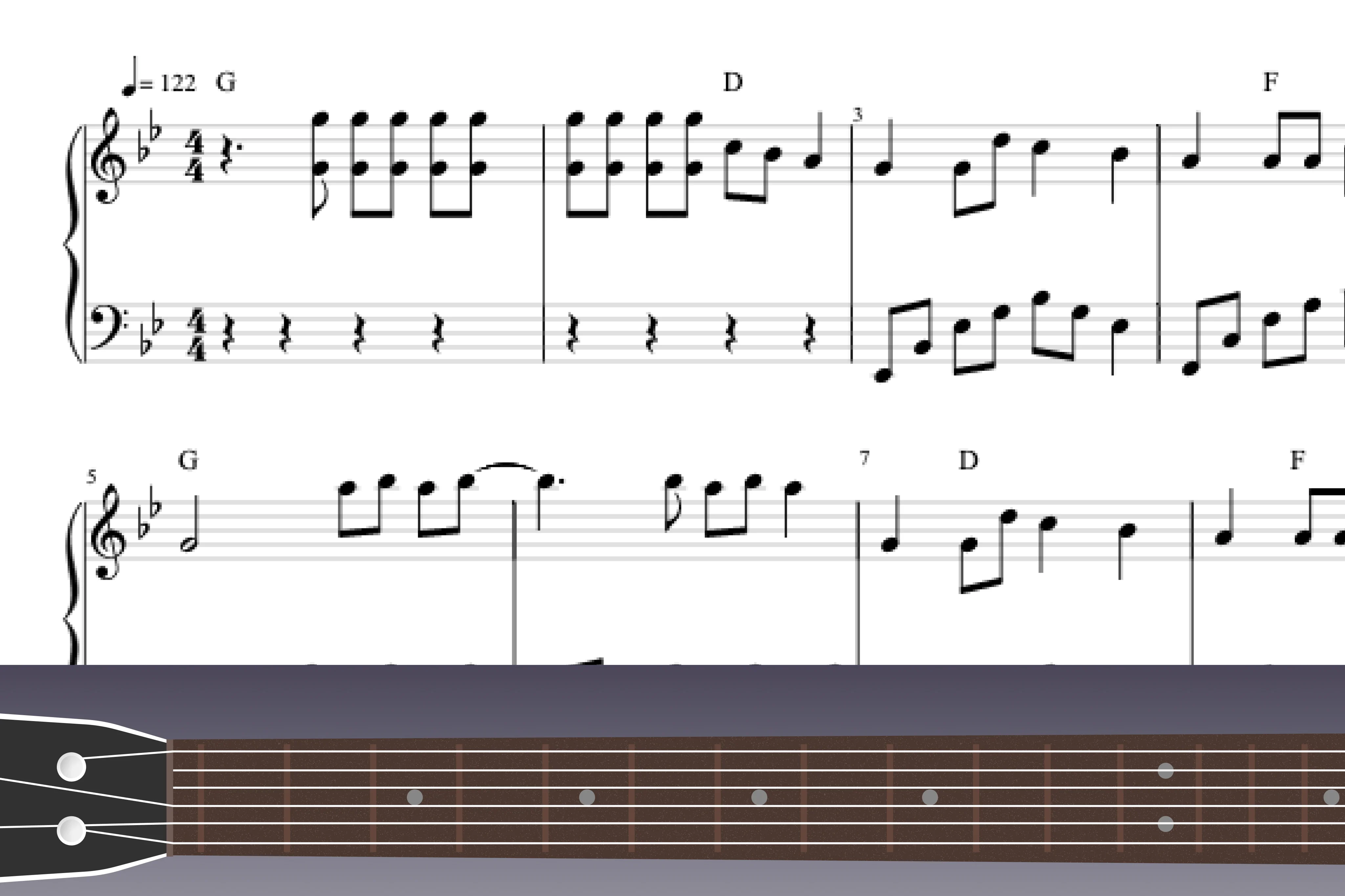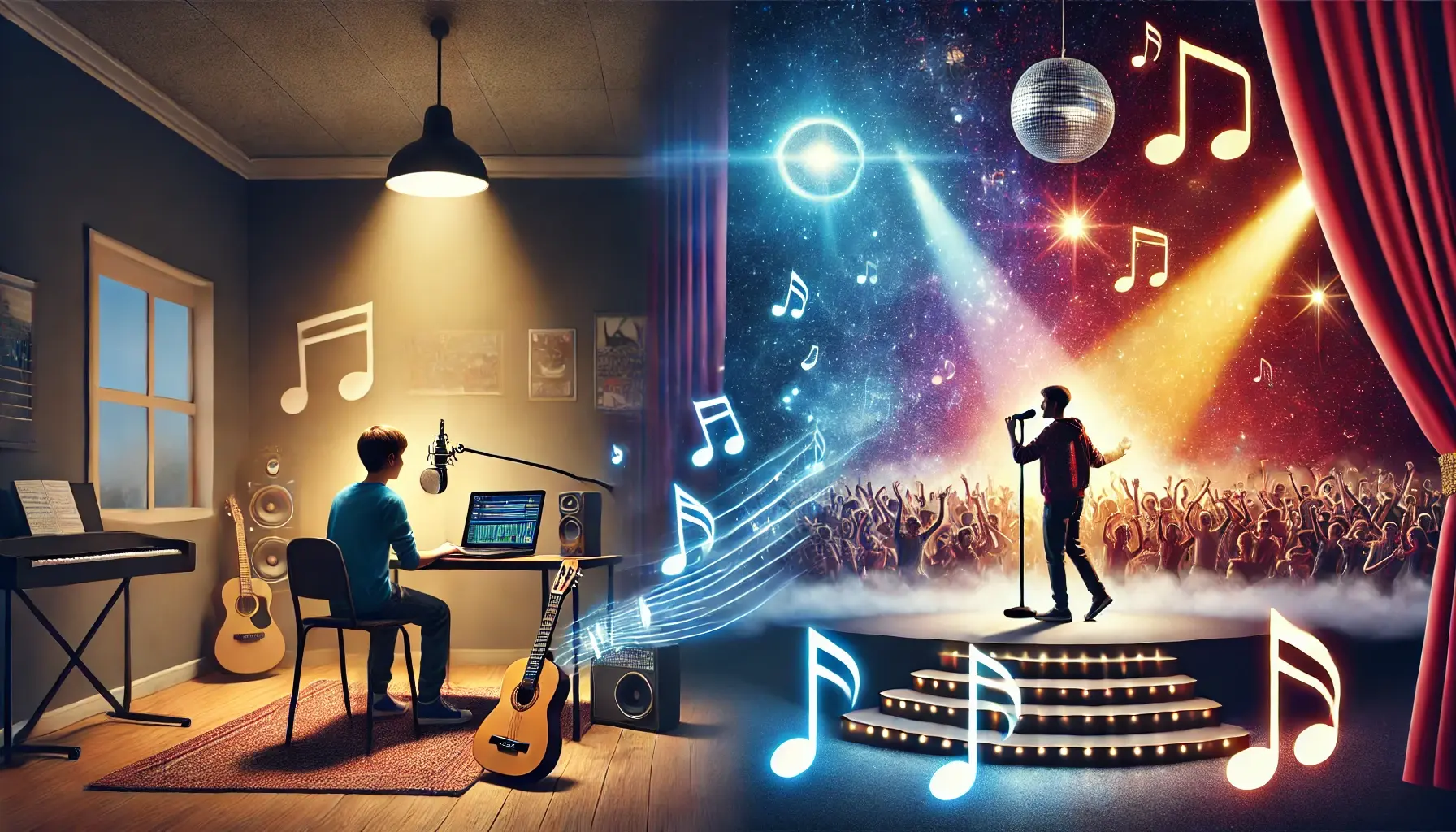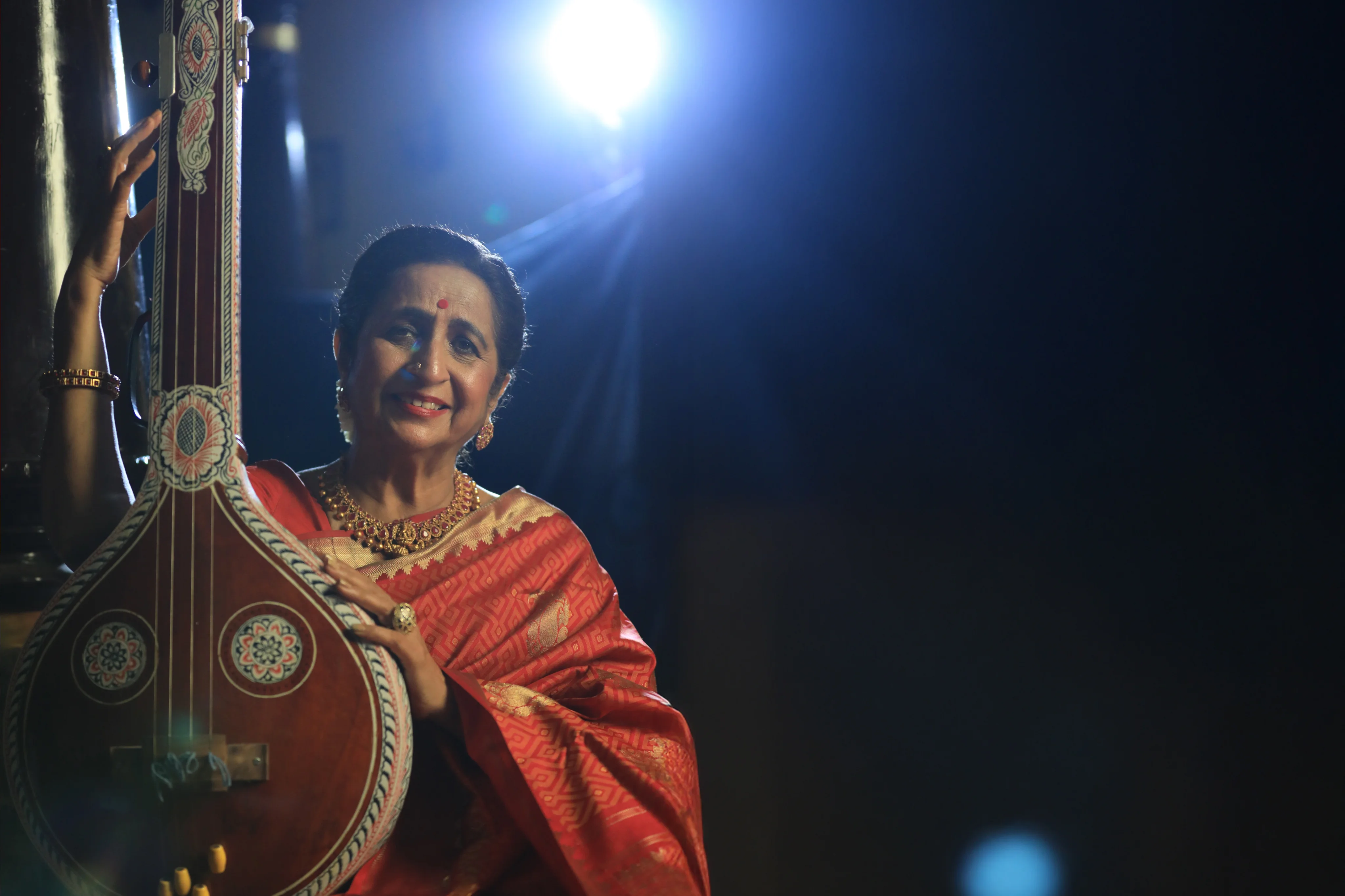Music has always been an integral part of human culture, and singing is one of the most popular ways to express oneself. From the earliest forms of music to the present day, people have been using their voices to create melodies and convey powerful emotions. From pop to classical, there are various singing styles and genres to explore. Whether you are an aspiring singer or just a music enthusiast, understanding different singing styles can help you appreciate music even more. Let’s dive into the seven popular types of singing styles and genres that everyone should know.
8 Types of Singing Voices
Singing voices can be categorized into eight main types, each with its own unique range, tone, and characteristics. These voice types are determined by the range of notes a singer can comfortably sing, as well as the quality and timbre of their voice. Here are the eight types of singing voices:
- Soprano: A soprano is the highest vocal type and has a range that generally starts at B3 and goes all the way up to A5. Sopranos have a bright, clear, and powerful voice capable of hitting high notes with ease. They often sing lead roles in operas, musicals, and choral performances.
- Mezzo-soprano: Mezzo-sopranos have a lower range than sopranos, typically ranging from A3 to A5. They have warm, rich, and expressive voices, and are often cast in supporting roles in operas and musicals.
- Alto: The majority of skilled altos can sing easily in the ranges of G3 (lower range) and F5 (higher range). Altos have a deep, resonant voice that adds richness and depth to choral performances and harmonies.
- Tenor: Although many tenor singers may reach higher notes, the tenor runs from C3 on the low end to C5 on the high end. The countertenor vocal performance is the highest in this range. They often sing lead roles in operas, musicals, and choral performances.
- Bass: The lowest voice type is a bass voice, which can normally reach notes from E2 to E4. Basses have a deep, resonant voice that adds richness and depth to choral performances and harmonies.
- Baritone: The next-lowest vocal range, a baritone voice normally falls between A2 and A5, going a little lower than a tenor. Several baritones can sing at a C5, giving them a range close to that of a low tenor.
- Treble: Typically, prepubescent youngsters fall into the treble vocal range. The majority of treble singers can comfortably sing between the notes of A3 and A5, which puts them in the same vocal range as a mezzo-soprano.
- Countertenor: Countertenors are male singers who sing in the same range as sopranos and mezzo-sopranos, typically from G3 to C6 or higher. They use a falsetto or head voice to achieve a higher degree and have a distinctive, ethereal tone that is often used in early music and opera.
7 Singing Styles
There are several varieties, genres, and singing styles available. A unique set of abilities is required to sing in each of them. There are, nevertheless, many similarities among the most popular varieties, and by regularly engaging in vocal exercises for beginners and taking classes, you can enhance your capacity to sing any style of music.
Let’s take you through some of the different types of singing styles.
- Pop: The term “pop music” refers to music having a broad appeal that is currently trending highly in the music industry. Pop music is frequently upbeat, danceable, and always memorable. Pop singers often use a lot of vocal embellishments and have a wide vocal range. Some examples of pop singers include Sonu Nigam, Arijit Singh, and more.
- Opera: The art of opera singing, often known as classical singing, mixes classical music with humorous and dramatic theatrical. Men’s vocals in opera normally range from bass, baritone, tenor, and countertenor, whereas operatic women’s voices typically fall between contralto, mezzo-soprano, and soprano.
- Jazz: Jazz singing is characterized by a smooth, silky voice and a focus on improvisation. Jazz singers often use scat singing (making nonsense sounds with their voices) and have a strong sense of rhythm. Examples of jazz singers are Louis Banks, Radha Thomas, and more.
- Country: Country singing is characterized by a twangy, nasal voice and a focus on storytelling through lyrics. Country singers often use a lot of yodeling and have a distinctive southern accent.
- R&B: R&B (which stands for “rhythm and blues”) is a genre of music that originated in African American communities in the 1940s. R&B singing is characterized by a smooth and soulful voice, with a focus on vocal runs and falsetto.
- Rock: Rock music has its roots in the blues, but it also includes an almost endless number of subgenres, such as alternative rock, punk rock, hard rock, soft rock, indie rock, pop rock, and more. Rock singers are often enthusiastic, rowdy, and at ease using a variety of vocal approaches, despite the fact that this varied genre includes many different singing styles.
- Heavy Metal: Heavy metal singing is a music genre characterized by a powerful, aggressive voice and a focus on loud, distorted guitars. Heavy metal singers often use a lot of screaming and growling in their vocals.
Conclusion
There are many different styles of singing and genres to explore, each come with its own unique characteristics and cultural significance. Whether you prefer the soulful sounds of R&B, the energy of rock music, or the technical virtuosity of opera, there is something out there for everyone.
If you want to learn vocal styles then join us at Artium Academy. There are many vocal styles and genres that we teach with our 1:1 live classes. The expert teachers at Artium Academy make online singing classes informative and personalised. Now explore the world of singing styles, and discover the genre that speaks to you the most!


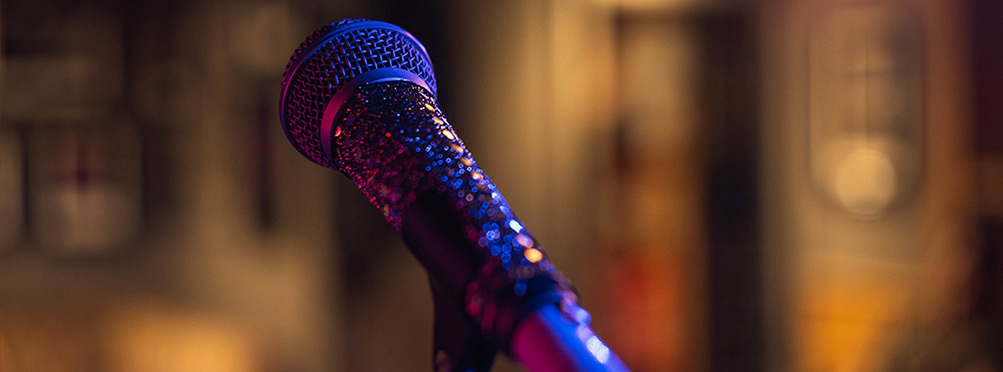
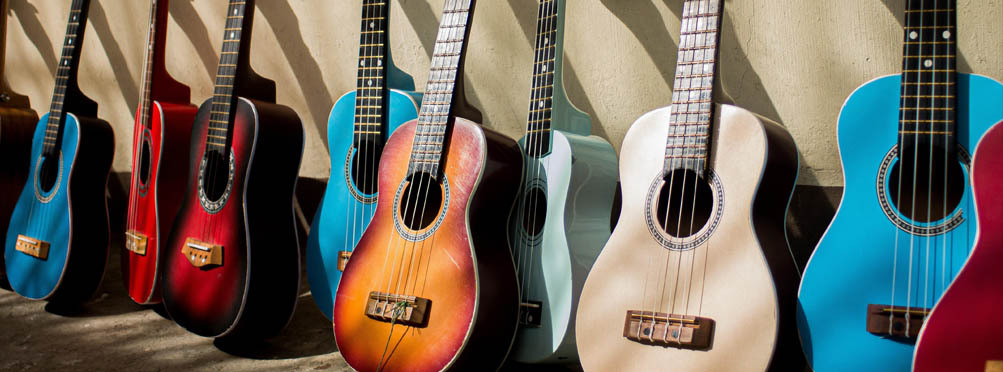

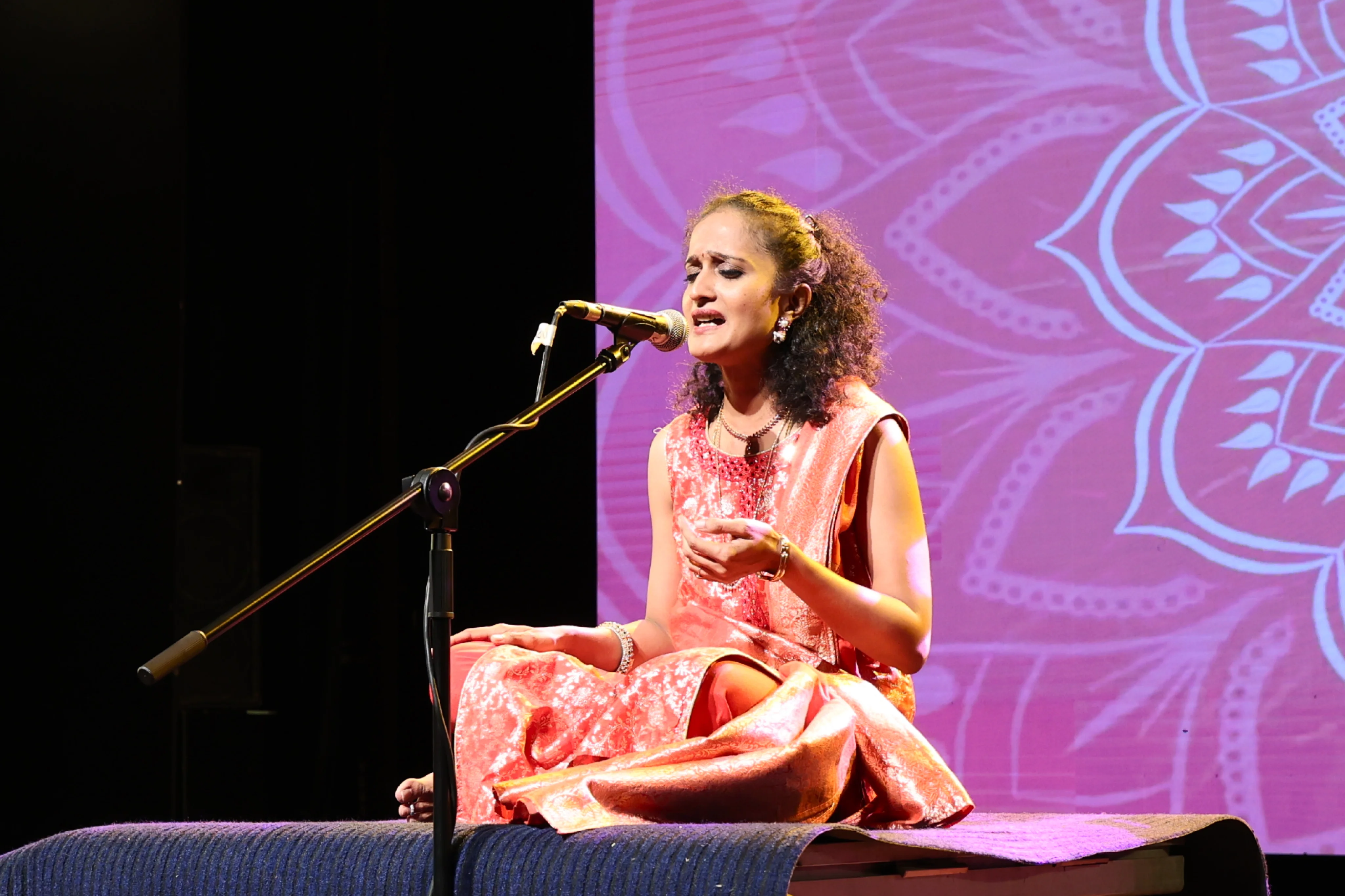
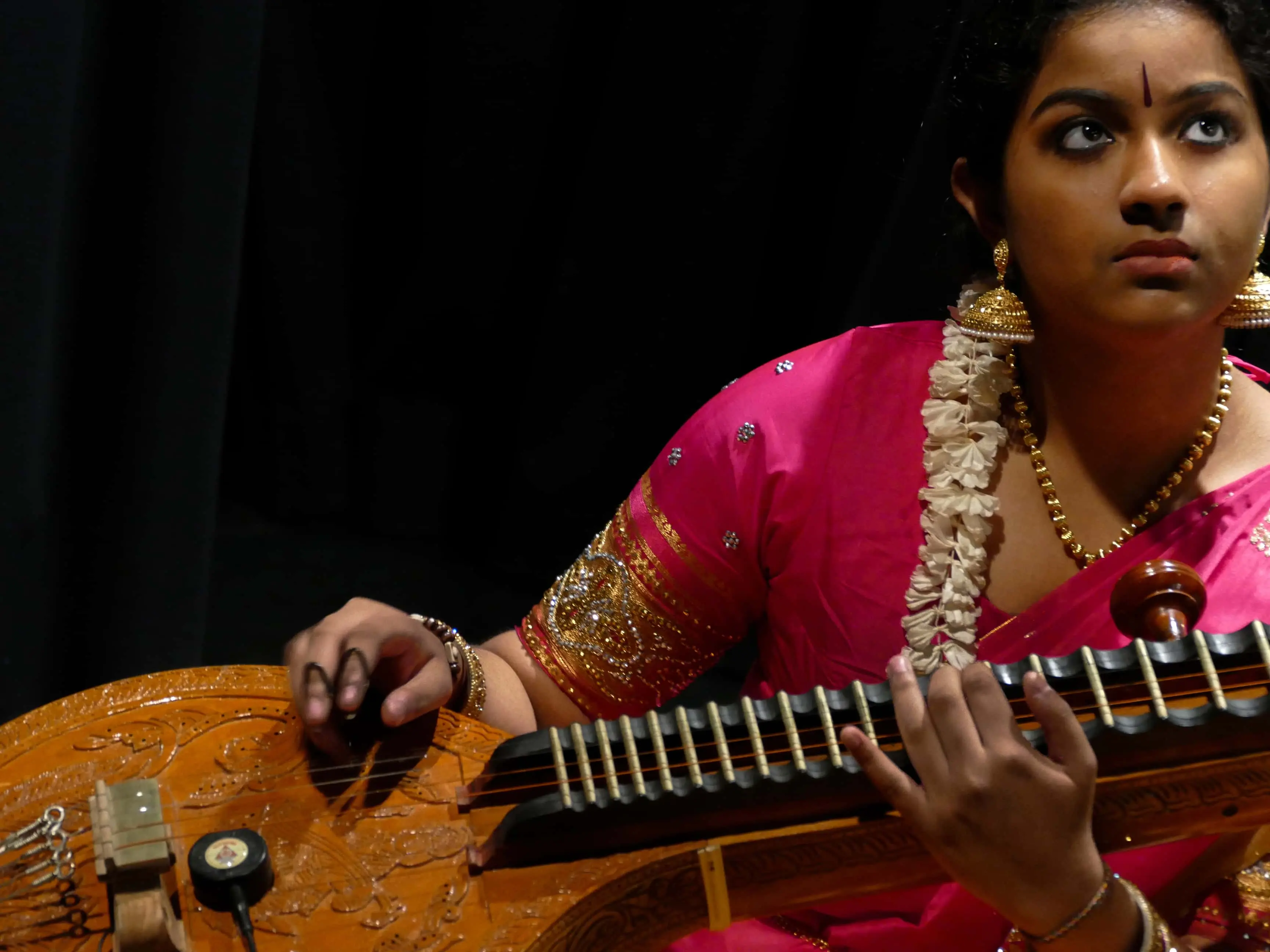
.webp)
